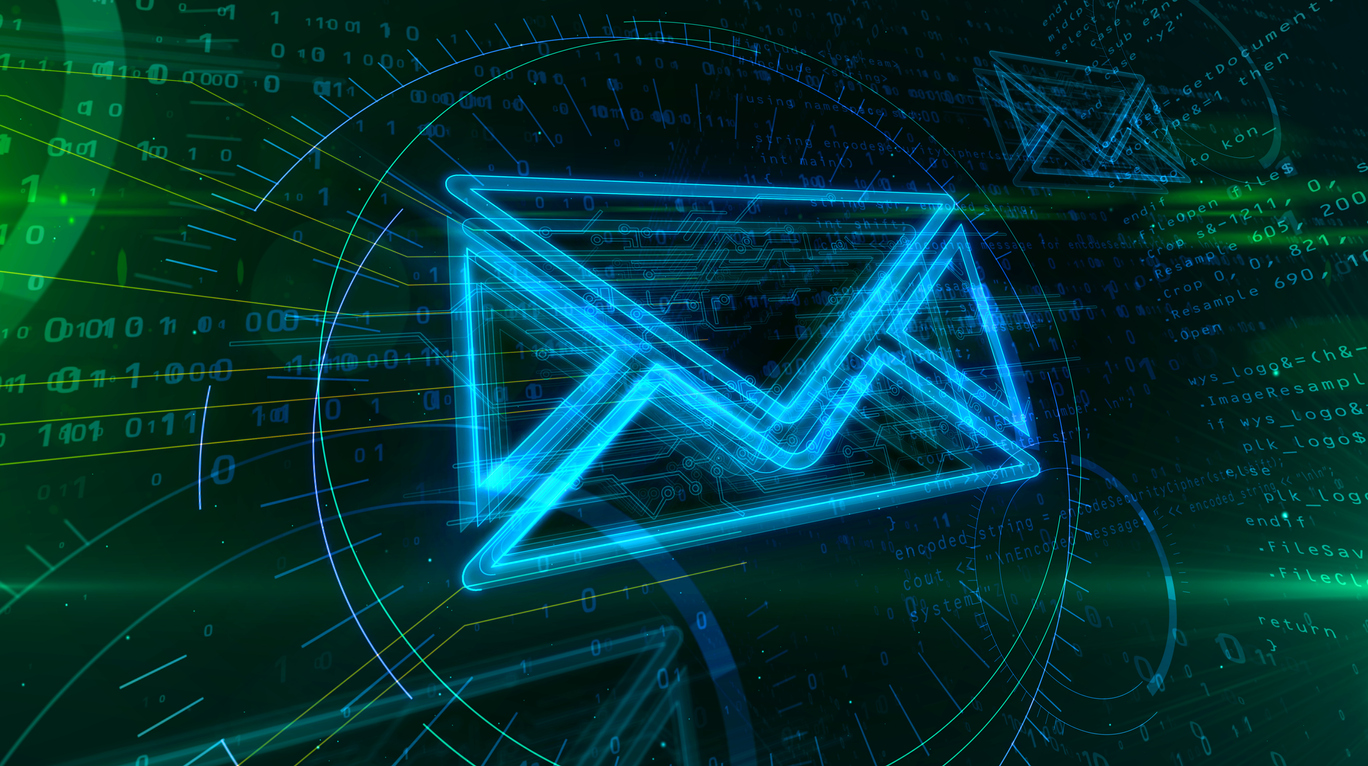
Google has always aimed to set the standards in smart features and user care. They are constantly refining the algorithm to rank only the best and most helpful results. Google also maintains a wide variety of apps and, in fact, an entire office suite of cloud software. Google’s web browser is in the top three and the Android mobile OS relies on Google infrastructure and apps.
At the heart of the Google service structure is your Google account linked at its heart to GMail. This is why Google has recently rolled out new security verification standards for millions of GMail accounts.
Securing GMail for Private and Personal Account Protection
GMail is both the leading business email provider and a predominant account source for private users. The security of a GMail account has a powerful impact on both individuals and the business world. This has motivated Google to refocus on security for GMail accounts with wide-spread rollouts. Millions of accounts will be automatically switched to two-step verification mode to increase GMail account security.
The Importance of Securing Google Accounts
A single Google account can organize a person’s life and – therefore – creates a far greater risk when hacked. Consider any person who uses the Chrome browser, has Android devices, and relies on any of Google’s cloud apps like Google Docs or Drive could find their life critically interrupted and even stolen if their Google account is hacked.
While you can create a Google account with a non-GMail email address, remember that GMail occupies over 50% of the American email market because GMail is the email provider of choice. Anyone with a GMail account automatically has a Google Account with access to all the free cloud software.
How 2SV and 2FA Help to Secure GMail Accounts
The tech industry has known for a long time that two-factor authentication is the best universal account security. Simply ask users to prove their identity in two ways before allowing a new or unusual log-in. Backup emails, phone numbers, and non-password tests provide additional forms of authorization that are much harder for a hacker to fake. This protects accounts and drastically reduces stolen account instances.
Google has defined their set of verification methods as 2SL or two-step verification. This is the protocol that Google plans to implement for greater GMail account security. For the affected accounts, the new protocol will drastically increase hacking protection which is essential both to identity protection and safely running a modern business domain.
Google Two-Factor Verification Methods
Text Message
Google will send you a text message including a security code. You can then enter that code in your browser or login window. Google may also include a text message link that can be followed to verify your current attempted login.
Phone Call
Can’t receive texts? Google can help you recover or secure your account by sending an automated phonecall. The phonecall will likely feature a robotic voice reciting our security code and proving that you are the real phone-answering account holder.
Trusted Devices
You can ask your Google account to remember and trust one or more devices. When this is done, Google won’t ask for two-step verification on that device for a set period of time. After that time you will need to renew the trusted status of your device or two-step verification will resume. During this time, trusted devices may become security hubs for other verifications.
USB Key
One extremely secure and specialized form of two-step is using a USB key. If you have chosen USB as your preferred second step, you will be prompted to enter a USB stick with the correct authorizing data. If that USB drive is not available, then the account will remain locked. USB keys are more often preferred by highly secure business organizations with select authorized admins.
Backup Phone Number
In addition to your primary listed number, you can also have a backup phone number just in case your cellphone is lost or disabled. A backup phone number can be a friend’s phone, your office phone, or your home landline if you have one. You can use any phone that would potentially be within your control for an authentication check.
Security Email Address
A security email is a backup email address that can be used to recover your GMail account. This can be another GMail email or a completely separate email account. The key is for this email to have a separate login and management from your Google account. Then emails to this recovery account can help authorize your main account.
Printed One-Time Codes
Google is even ready for a no-device security login if you can plan ahead. Print a page of generated one-time verification codes. If ever you need to log in without access to your phone or backup number or recovery email, you can use one of these codes before destroying the print-out.
Google Rolls Out 2SV Logins for the Masses
So which accounts will be the first to have two-step verification turned on be default? Google has thought carefully about their roll-out plan and how it will impact the current users. First and foremost, they want to create security without locking anyone out of their accounts. In doing this, they acknowledge that not all accounts are prepared to be used with 2SL by default.
For this reason, the first GMail security wave will start with everyone who already has 2FA turned on. For those already configured for two-step verification, they will experience no change. The next group includes those who already have additional security information like phone numbers, backup email addresses, and other two-factor ready data.
Continuing Security Plans for GMail and Google Accounts
Protecting Google accounts and GMail accounts has become a central part of today’s business industry security. When email addresses can’t be hacked into, identities and personal resources are much harder to steal. Business networks are much more difficult to infiltrate. It’s no wonder why Google is rolling out the new security measures. Starting with those ready for the change and slowly expanding to everyone using GMail, Google introduces 2SV account security.
Are you ready for the GMail changes? Contact us for more insights on aligning with Google updates and business policies.






